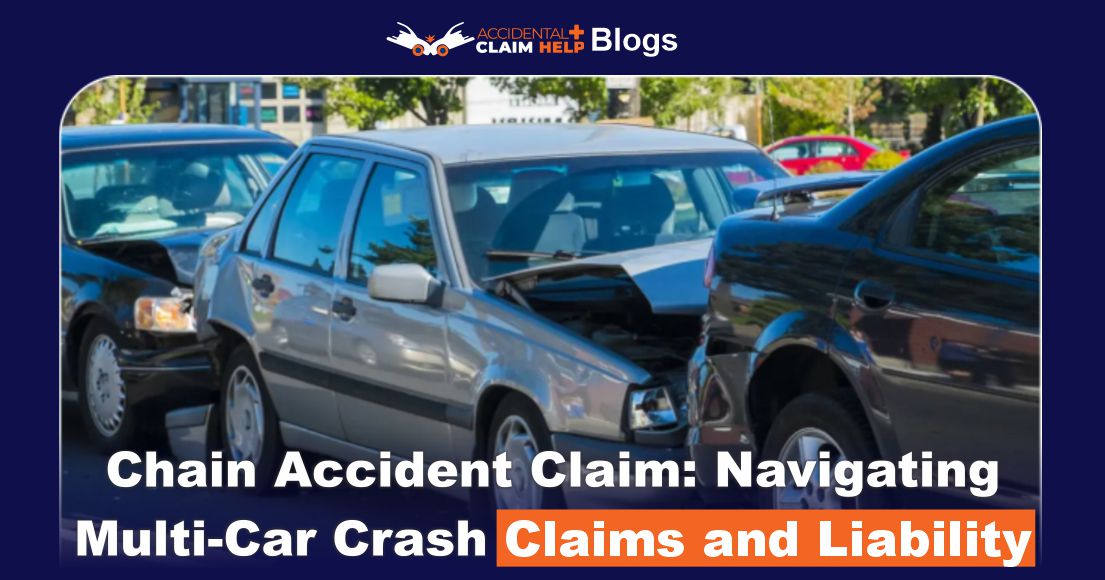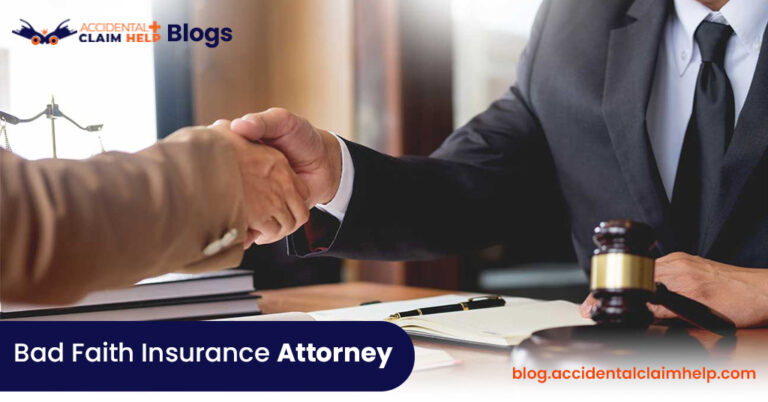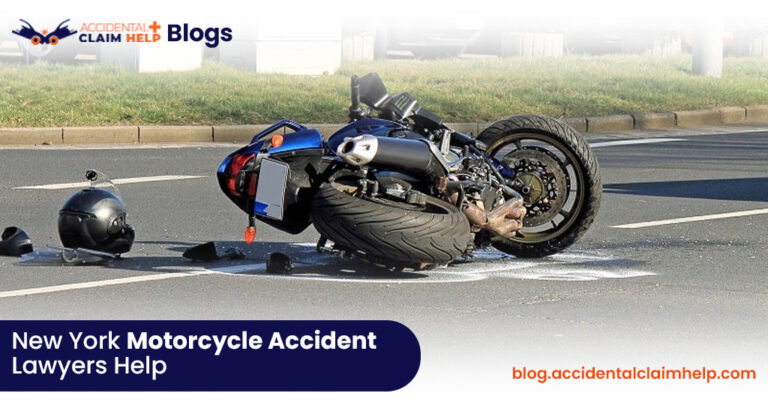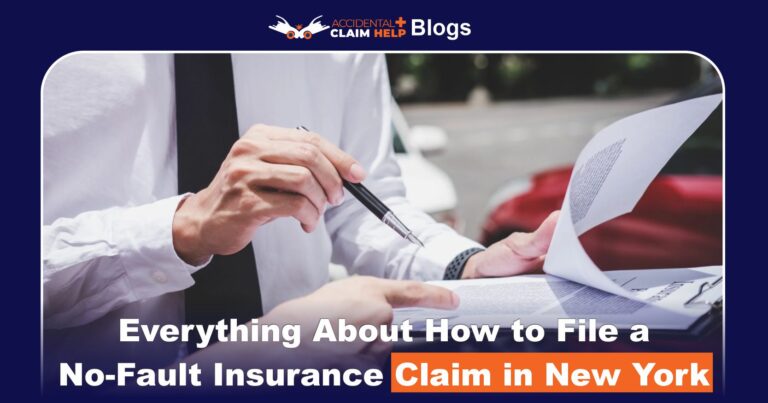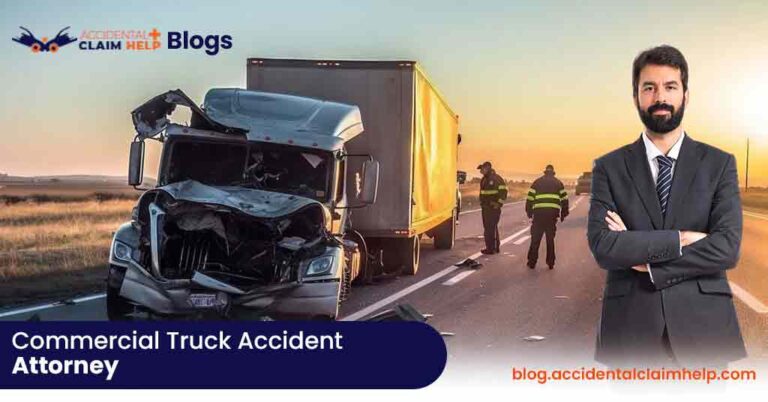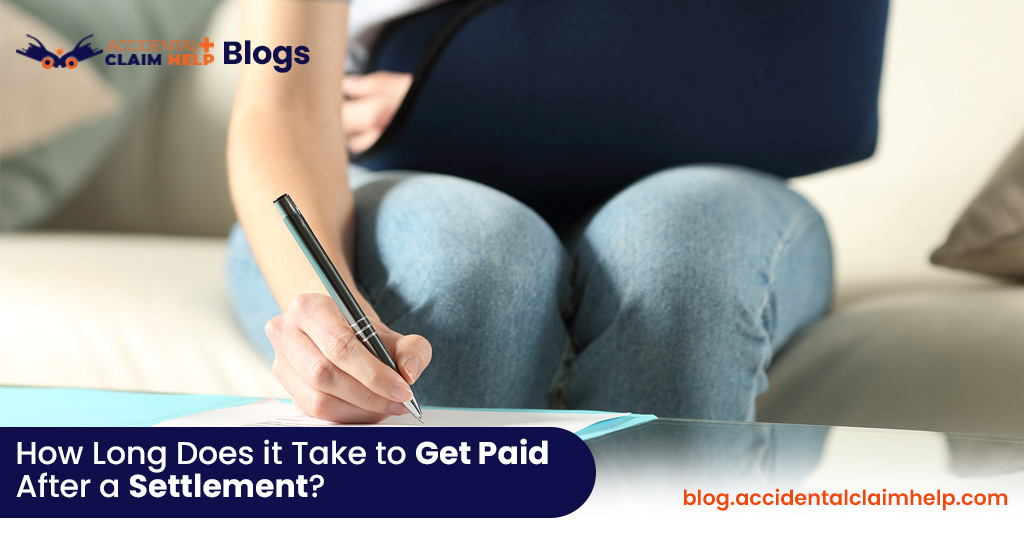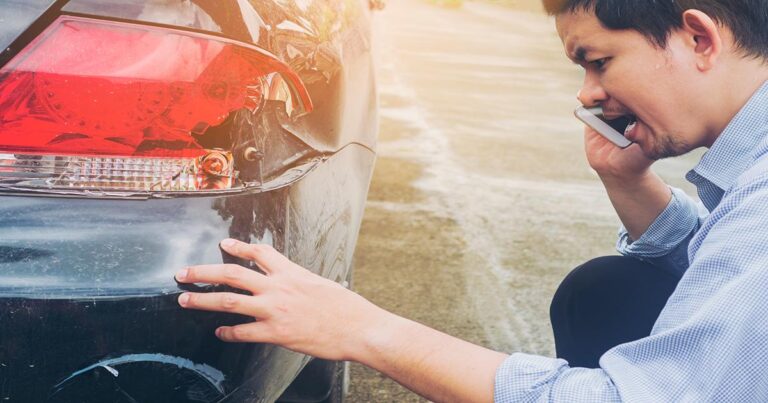Chain Accident Claim: Navigating Multi-Car Crash Claims
Chain accidents – also called chain collisions or domino effect car accidents – happen when one crash sets off a cascade of others. Think of a line of cars in stop-and-go traffic: if Car A rear-ends Car B, which then bumps Car C, and so on, you have a classic chain reaction. These pileups can occur on highways, in bad weather, or even in city gridlock.
In legal terms, a chain collision means simply this: multiple vehicles collide in sequence, each impact pushing the next. Chain accidents are complex, and many drivers end up asking, “Chain reaction car accident, whose at fault?” In general, the driver who triggered the crash is the primary at-fault party – for example, if Car A slams into Car B and pushes it into Car C, Car A is usually considered liable. But every crash link adds factors, so investigators will look at each driver’s actions, following distance, speed, and brake usage before assigning fault.
A conceptual image of vehicles involved in a multi-car collision, highlighting that liability can be shared among drivers. Chain collisions raise tricky questions of liability. Often, the first impact sets off the crash, so the driver who “pushed the first domino” is held primarily responsible. For example, one legal source notes: “if a driver rear-ends the car in front of them, starting a chain accident… responsibility would typically fall on the first driver who crashed into the vehicle in front of them.”
However, courts also consider whether later drivers could have avoided the crash. In many states, multiple drivers may share fault through comparative negligence: each person’s insurance pays a portion based on their percentage of blame. For instance, if Car B could have braked in time but didn’t, Car B might share liability. Some states even follow “pure comparative negligence,” meaning you can recover damages even if you were mostly at fault, though your award is reduced by your share.
Common Causes and Examples of Chain Collisions
Chain pileups often stem from predictable mistakes or conditions. Common causes include tailgating, distracted driving, speeding, and poor weather (rain, snow, fog). When cars are packed closely together, a small error quickly escalates. For example, a sudden brake in traffic can send a line of cars into one another. Heavy fog or icy roads make it harder to stop in time, turning a minor fender-bender into a 5-car pileup. Here are some accident chain examples to illustrate:
- Highway pile-up: A truck stops abruptly on a foggy freeway. Car A rear-ends the truck, pushing it into Car B, which then hits Car C, and so on.
- Icy road collision: In winter conditions, Car X skids into a stopped vehicle. Behind it, Car Y can’t brake on the slick surface and plows into Car X, sending both into the car ahead.
- City traffic crash: In dense city traffic, a distracted driver fails to notice slowing traffic and rear-ends the car ahead. That impact pushes the second car into a third stopped vehicle, creating a chain reaction.
- Construction zone accident: One driver slams on brakes for a lane closure, and the trailing cars don’t stop in time, causing a crash domino effect.
Who Is at Fault in a Multi-Car Rear-End Collision?
Generally, the rear vehicle in a multi-car chain has a heavy responsibility, because it must maintain a safe stopping distance. The driver at the back is typically the most at fault in a multi-car rear-end scenario. However, investigators will look carefully at each driver:
- Leading driver: Could they have prevented the chain? If the first car stopped for no reason or had faulty brakes, they might share liability.
- Middle drivers: Sometimes a “sandwich” car gets squeezed – a middle car hit from behind and then hitting the car in front. Courts often find the rear driver at fault for the first impact, while the middle driver may not be responsible for the forward crash if they were pushed.
- Trailers: Commercial trucks or buses have longer stopping distances. If a truck’s negligence (e.g. speeding) causes a chain crash, its insurer may be on the hook.
- Shared blame: In states with modified comparative fault (like Pennsylvania’s 51% rule), liability can be split. For instance, in a four-car pileup the initial negligent driver usually bears the most blame, but others may share in proportion.
Ultimately, fault is often a mix. Police reports, witness statements, and crash reconstructions are used to trace the sequence. Most states let you recover even if you share up to 99% blame (pure comparative negligence), while only a few strict jurisdictions bar recovery if you’re even 1% at fault. This legal framework means it’s crucial to document every detail of the chain crash.
Whose Insurance Pays? (Filing the Claim)
In a chain accident, which insurance covers which losses? The answer usually depends on fault. If you’re hit by another driver, that driver’s liability insurance should cover your medical bills and car damage (up to policy limits). But because multiple drivers can be involved, you may deal with several insurers. Importantly, you should notify your own auto insurer immediately, even if someone else caused the crash. Your carrier can protect you by advancing payments or helping with repairs while the insurers sort out fault.
If the at-fault driver’s limits are too low, your uninsured/underinsured (UM/UIM) coverage may cover the gap. Collision coverage (if you bought it) helps fix your own car up front, no matter who caused the crash. (Note: collision insurance won’t pay to fix the other cars – only liability insurance from whoever caused the accident will cover those.)
Comparative negligence laws can also affect whose insurance pays in a multi-car accident. In other words, if you share blame, each insurer’s payout may be reduced by your fault percentage. But typically, each driver turns claims over to the other driver’s insurer to resolve damages. For a chain crash, the initial at-fault driver’s insurance is often tapped first, and then others as needed.
Steps to File Your Claim
After a chain wreck, prompt action will protect your claim. Experts outline these steps:
- Get Medical Care: Seek treatment right away, even for minor aches. Medical records validate injuries.
- Document Everything: Take photos of all damaged vehicles, skid marks, and the crash scene. Collect contact info of every driver and witness. Get the police report if possible – it’s a key piece of evidence.
- Notify Insurers: Report the accident to your insurance company with just the facts (don’t speculate on fault). Also exchange insurance info with the other drivers.
- Consult an Attorney: Chain accident claims can be complex. A lawyer can help you file the claim with supporting evidence, negotiate with insurers, and protect your rights.
- Submit the Claim: Your attorney (or you) will submit a demand packet to the at-fault party’s insurer, including evidence, medical bills, and repair estimates.
- Negotiate or Litigate: Insurers may offer a quick settlement. Be prepared to negotiate or even file a lawsuit if the offer is unfair.
Following this process carefully improves your chances of fair compensation. For instance, one legal checklist advises never to accept the first offer; instead, evaluate it with an attorney, who can counter with evidence-backed demands.
A real six-vehicle chain reaction crash on I-85 illustrates how one collision can quickly involve many vehicles. Handling the aftermath of a chain crash can be overwhelming, but knowing the steps can ease the process. Keep all medical and repair records, and log any accident-related expenses. If multiple insurance companies get involved, your own carrier and attorneys will work together to sort payouts. In many cases, victims find that having representation is key: “Insurance companies have strategies to shift blame or limit claims, especially in multi-vehicle situations,” one source warns.
Legal Implications: Fault Rules and Liability
Chain accidents touch on several legal concepts in the US system. Most notably, comparative negligence will apply. Almost all states follow comparative negligence: even if you’re partially at fault, you can still recover damages, though your award is reduced by your share of blame. Only a handful of states use the old contributory negligence rule (barred recovery if you’re even 1% at fault).
Another consideration is multiple defendants: if two or more parties contributed, each insurer will likely pay only their own portion of damages. In some jurisdictions, “joint and several liability” rules allow a plaintiff to collect the full amount from one negligent party (who can then seek contribution from others). However, many states have limited those rules now.
Finally, be aware of special liabilities: in a chain crash, sometimes a non-driver can be responsible. For example, a work vehicle driver might bring in their employer’s liability, or a defective car part (like failed brakes) could involve a product liability claim. Employers or municipalities can be implicated if their negligence (like a poorly marked construction zone) worsened the crash risk.
In practice, though, the main factor is proving negligence. To win an injury claim, you must show someone owed a duty of care, breached it (e.g. by speeding or texting), and caused your injuries. Expert witnesses (accident reconstructionists, engineers, medical experts) can be vital in multi-car cases, as they help clarify the sequence of impacts and damages.
Key Takeaways for a Chain Accident Claim
- Chain collisions are multi-vehicle rear-end crashes – think of cars hitting cars like dominos.
- Fault often lies with the initiator: Usually the driver who rear-ended another starts the chain and bears primary responsibility. But others can share fault if they were negligent too.
- Insurance coverage matters: Generally, the at-fault driver’s liability insurance pays damages. Always report the crash to your own insurer promptly. Collision coverage will repair your car regardless of fault, and UM/UIM can cover you if another driver’s policy isn’t enough.
- File a thorough claim: Seek medical care, gather evidence, notify insurers, and consider an attorney. The steps outlined above will help strengthen your chain accident claim.
- Understand comparative fault: Most states let you recover even if partly at fault. The insurer of each at-fault driver will pay up to their policy limits, typically in proportion to blame.
Chain accident claims can be complicated, but by documenting the crash, understanding fault rules, and following the right steps, you can protect your rights and pursue fair compensation. The sooner you act – with evidence and, if needed, legal help – the better your chances of resolving a chain accident claim successfully.

